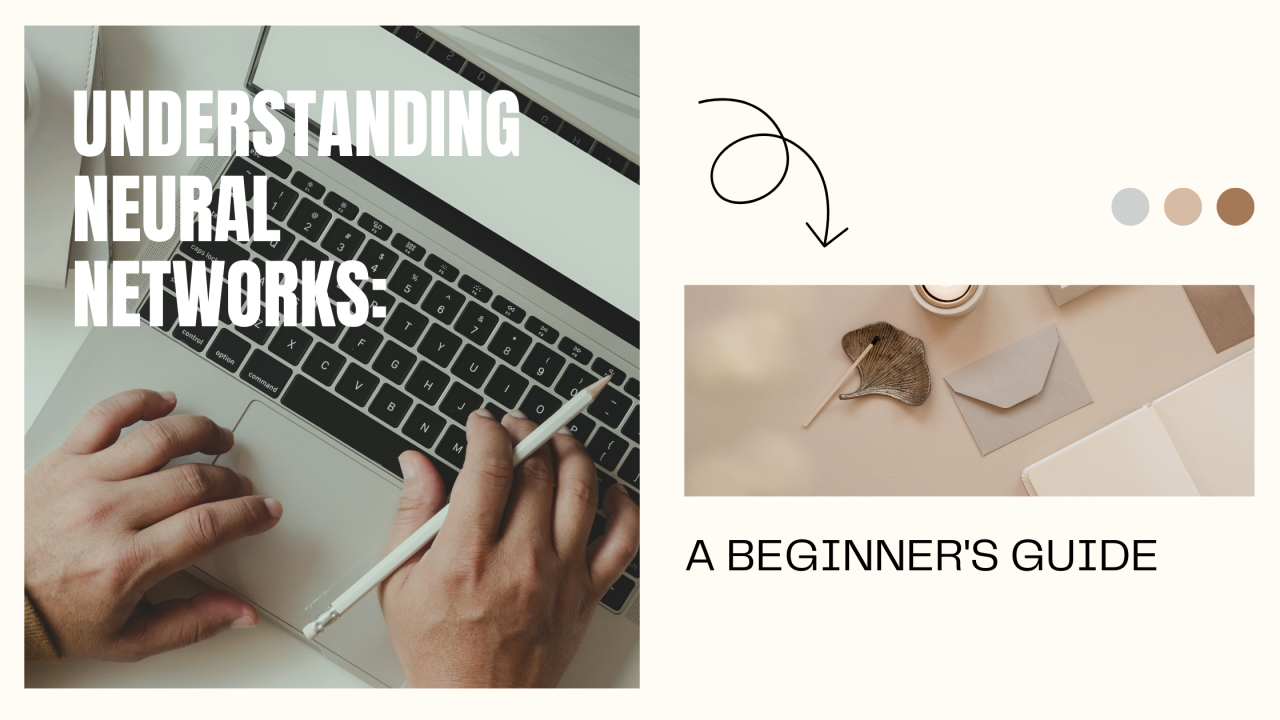Artificial Intelligence (AI) has many exciting branches, and one of the most important is neural networks. These systems power today’s smart technologies, from voice assistants to self-driving cars.
If you’re new to AI, understanding neural networks may sound complicated. But don’t worry—this beginner’s guide explains it in simple terms.
What Are Neural Networks?
Neural networks are computer systems designed to work like the human brain. They are made up of layers of “neurons” that process information.
Each neuron receives input, processes it, and passes the result to the next layer. Together, these layers learn patterns and make decisions.
👉 Example: Neural networks help Netflix recommend shows based on your viewing history.
How Neural Networks Work
Neural networks use a process called training. They learn from large sets of data by adjusting their “weights” (connections between neurons).
Here’s a simple breakdown:
- Input Layer – Data enters the system.
- Hidden Layers – The system analyzes patterns and relationships.
- Output Layer – The final result or prediction is given.
👉 Example: In image recognition, the network identifies shapes and colors before deciding if a picture shows a cat or a dog.
Types of Neural Networks
There are several kinds of neural networks, each designed for different tasks.
- Feedforward Networks: The simplest form, where data moves in one direction only.
- Convolutional Neural Networks (CNNs): Great for image recognition and computer vision.
- Recurrent Neural Networks (RNNs): Useful for processing sequences, like speech and text.
Why Are Neural Networks Important?
Neural networks are at the core of modern AI applications. They allow machines to recognize speech, translate languages, and even diagnose diseases.
Their ability to learn and improve over time makes them powerful tools for innovation.
👉 Related: The Ethics of AI: What You Need to Know
Benefits of Neural Networks
- Pattern Recognition: Neural networks identify complex patterns better than humans in some cases.
- Automation: They reduce the need for manual work in data analysis.
- Adaptability: Networks improve performance as they process more data.
- Wide Applications: They are used in healthcare, finance, education, and many other industries.
Final Thoughts
Neural networks may sound complex, but the basics are simple. They mimic the brain, learn from data, and make intelligent predictions.
For beginners, understanding neural networks is the first step toward exploring AI’s future. As technology evolves, these systems will continue to shape industries and everyday life.
👉 Also Read: How AI is Transforming Various Industries
FAQs: Understanding Neural Networks – A Beginner’s Guide
1. What is a neural network in simple terms?
It’s a computer system that works like the human brain to recognize patterns and make decisions.
2. Where are neural networks used?
They are used in voice assistants, self-driving cars, healthcare, and recommendation systems.
3. What are the main types of neural networks?
The main types are feedforward networks, convolutional networks (CNNs), and recurrent networks (RNNs).
4. Why are neural networks important in AI?
They help AI learn from data, recognize patterns, and solve complex problems.
5. Are neural networks difficult to understand?
The math can be complex, but the basic idea—learning from data—is easy to grasp.


Leave a Reply